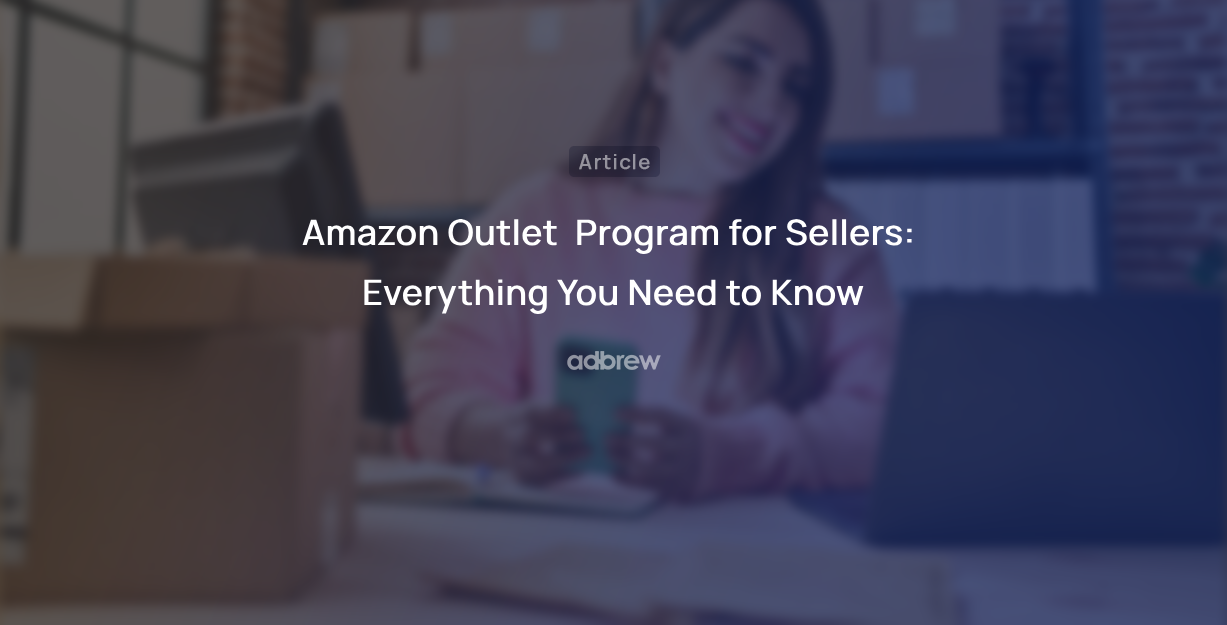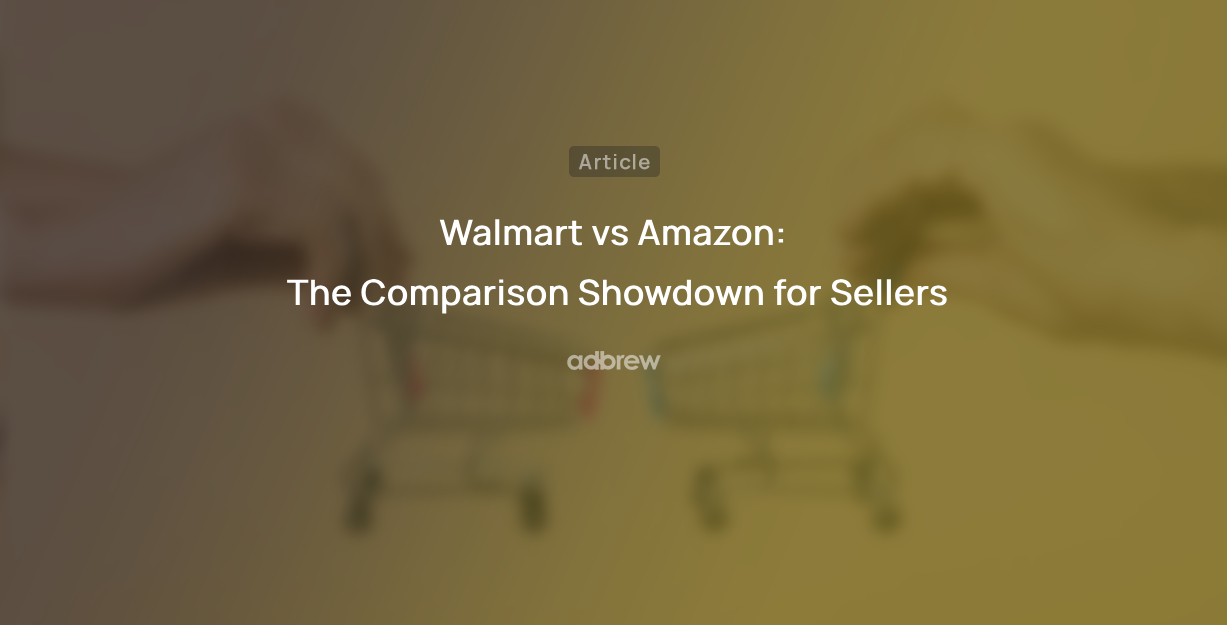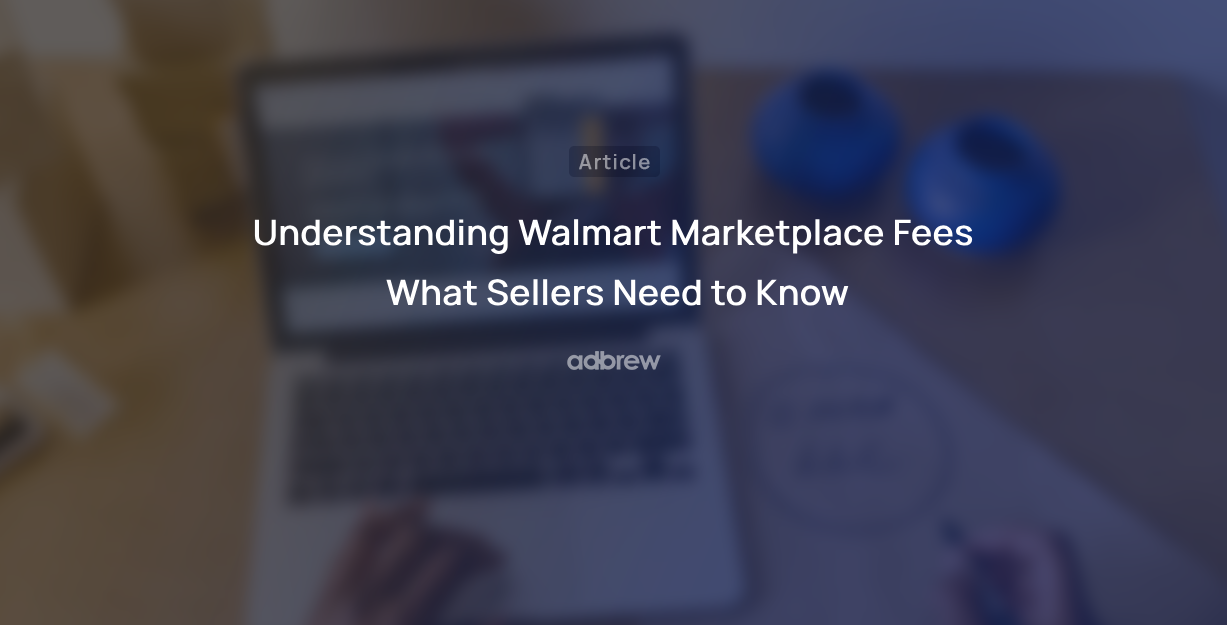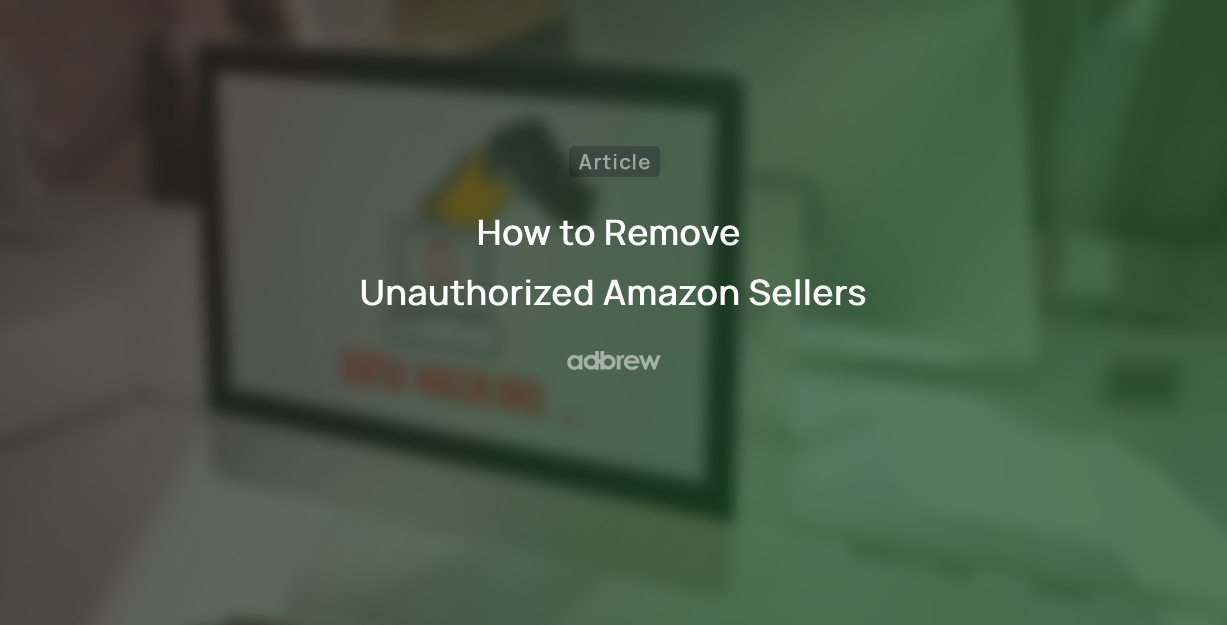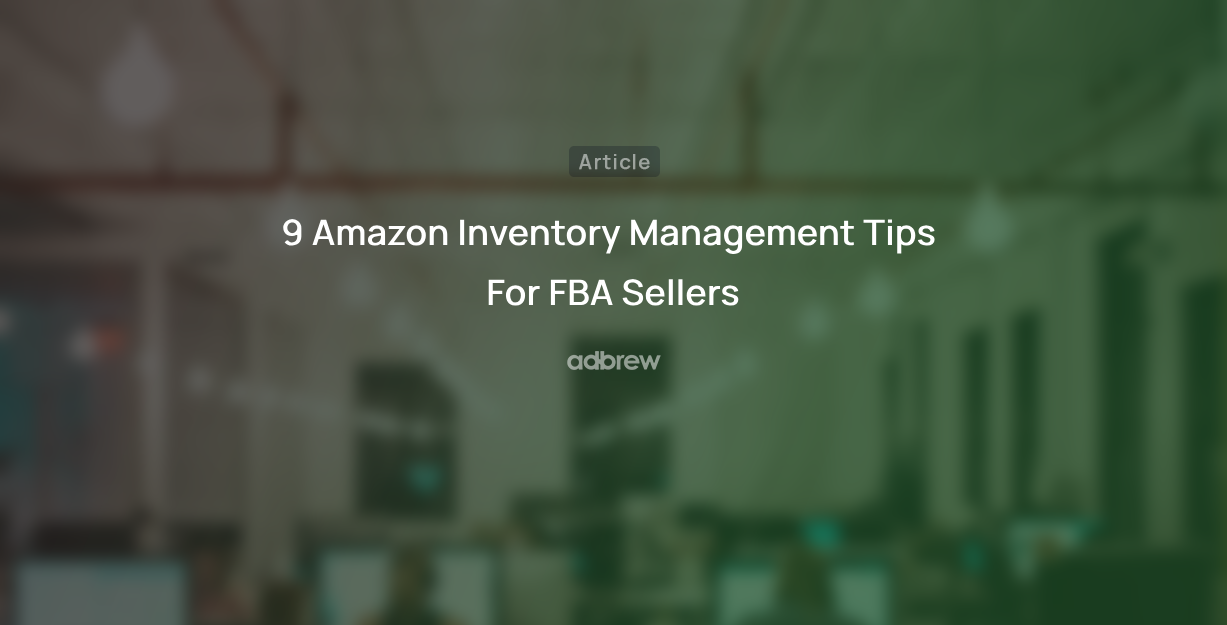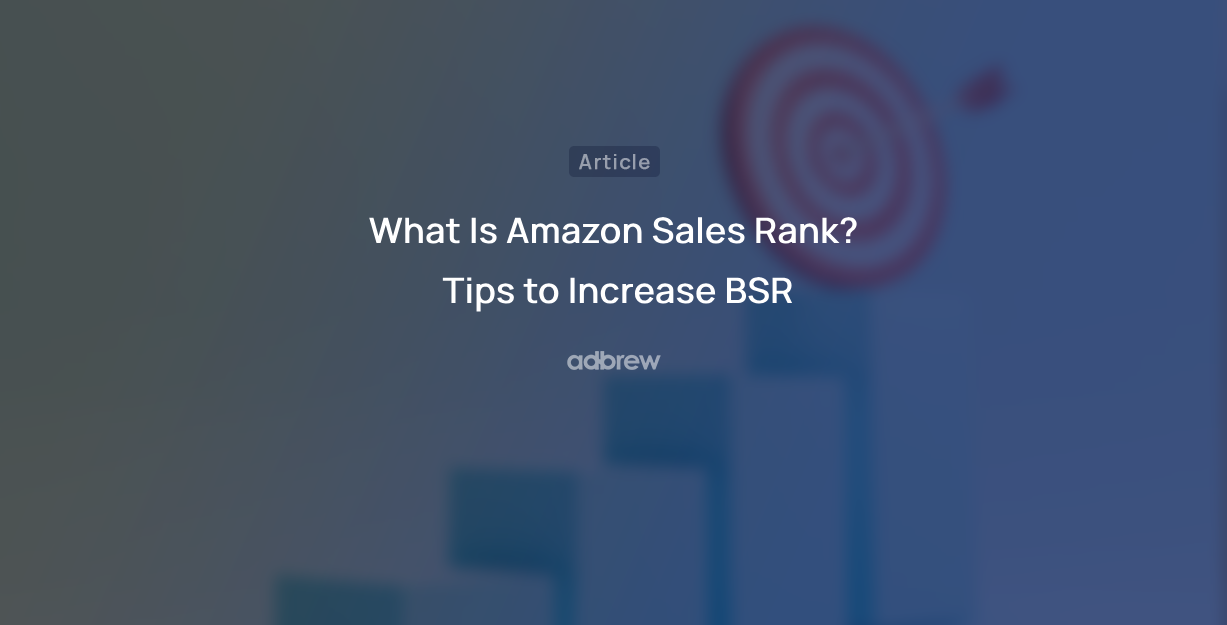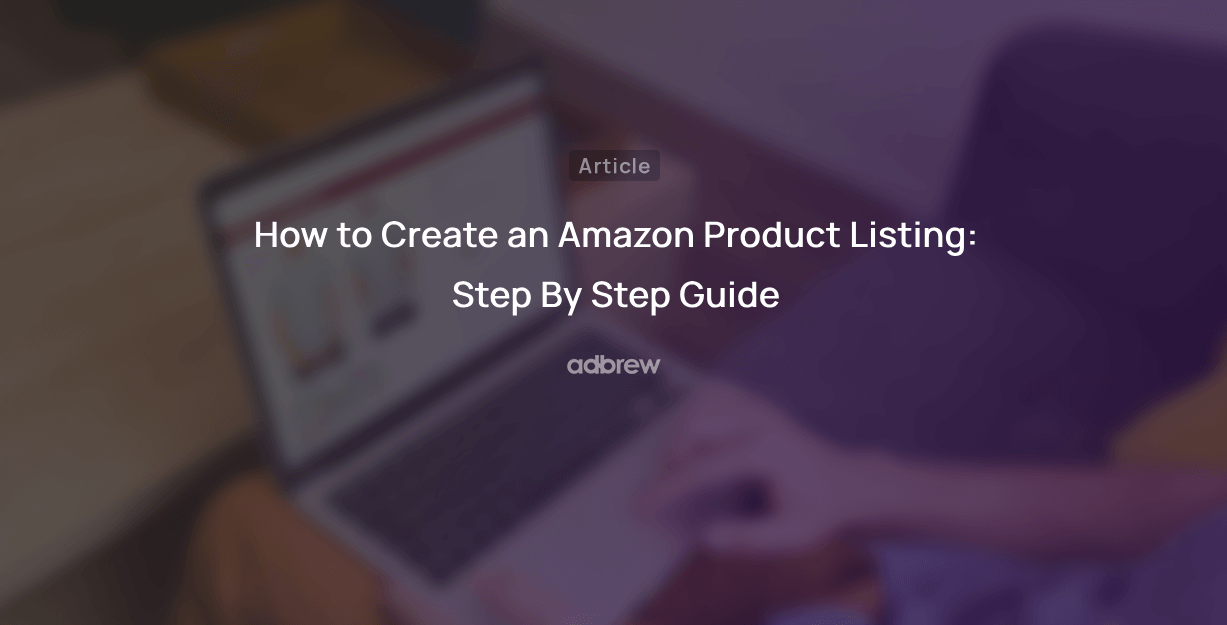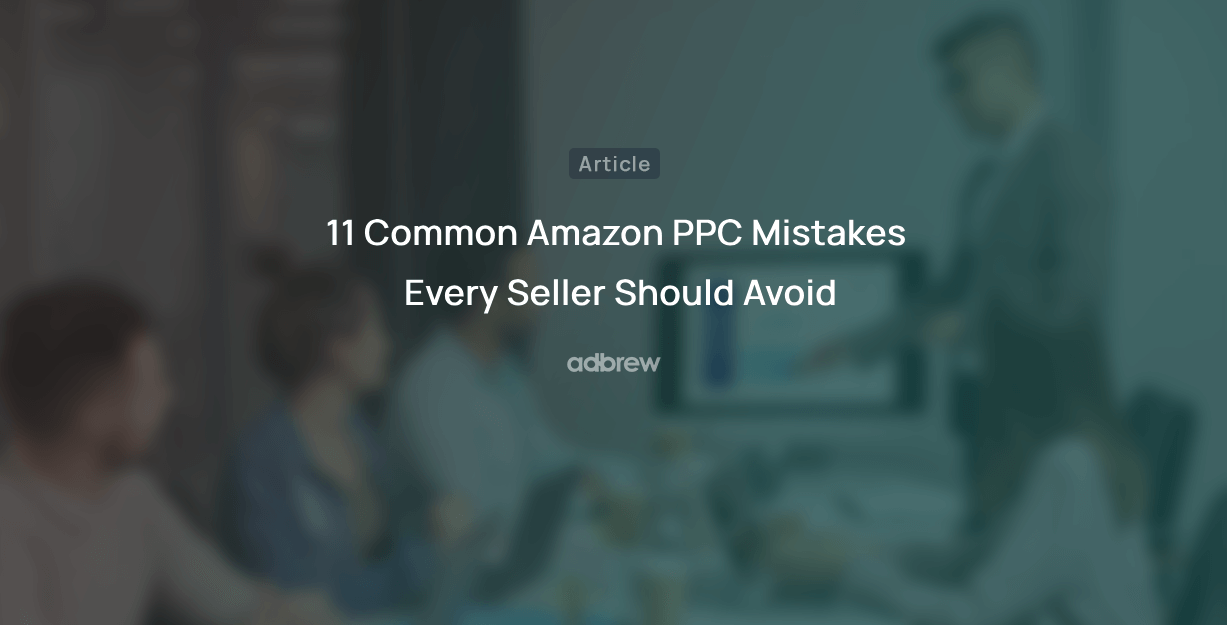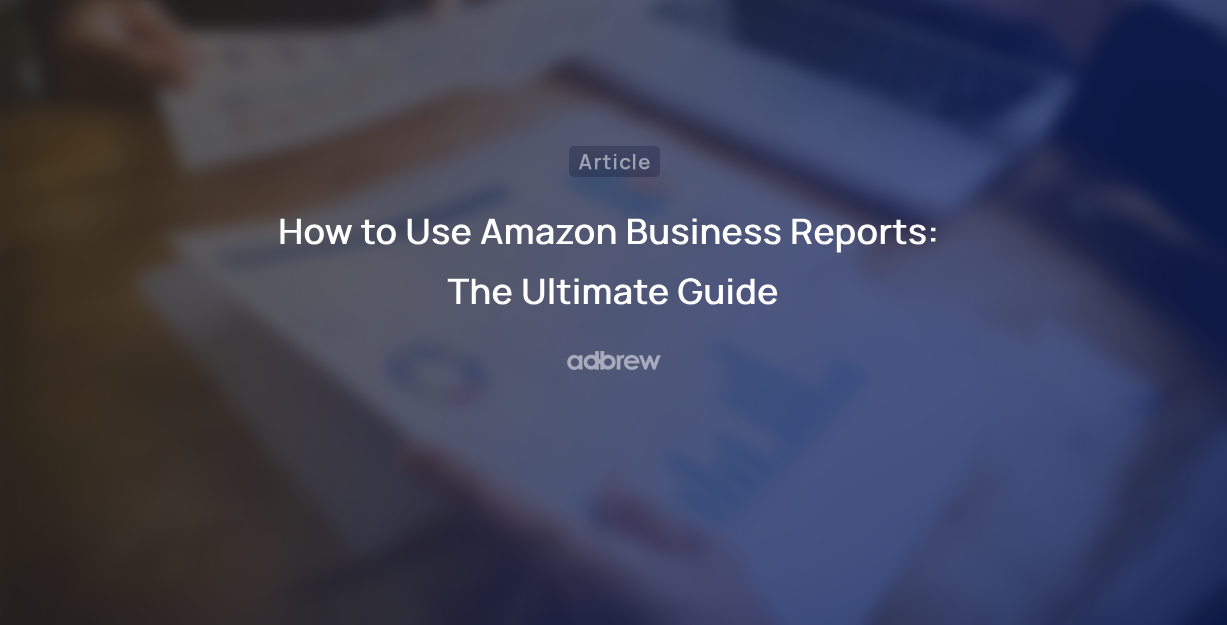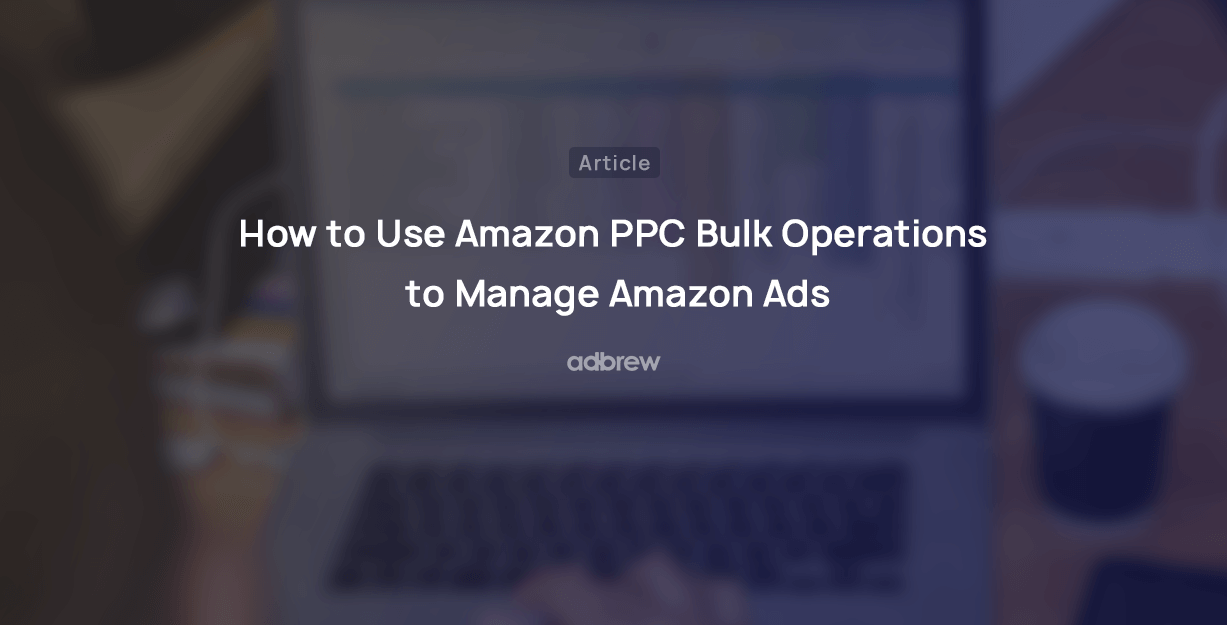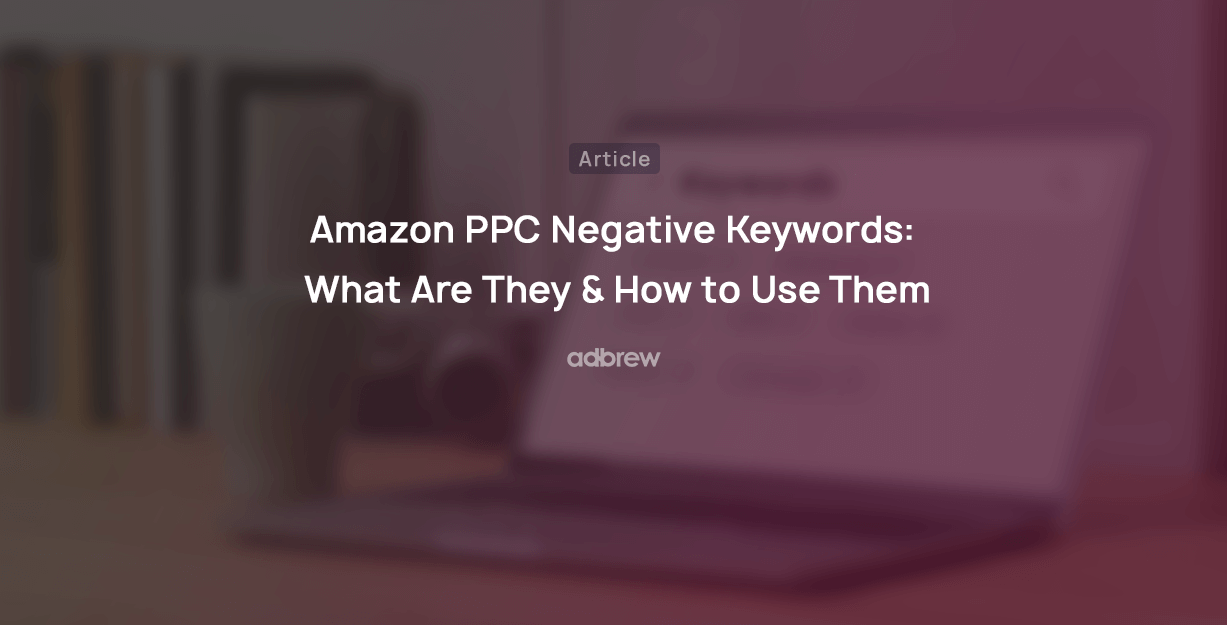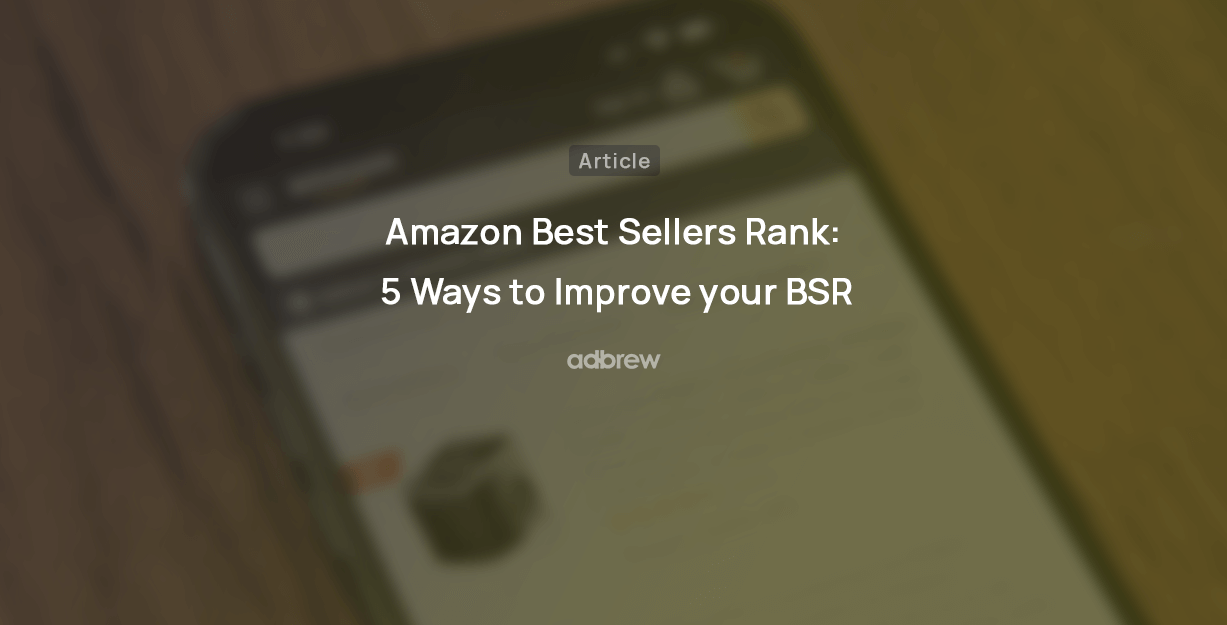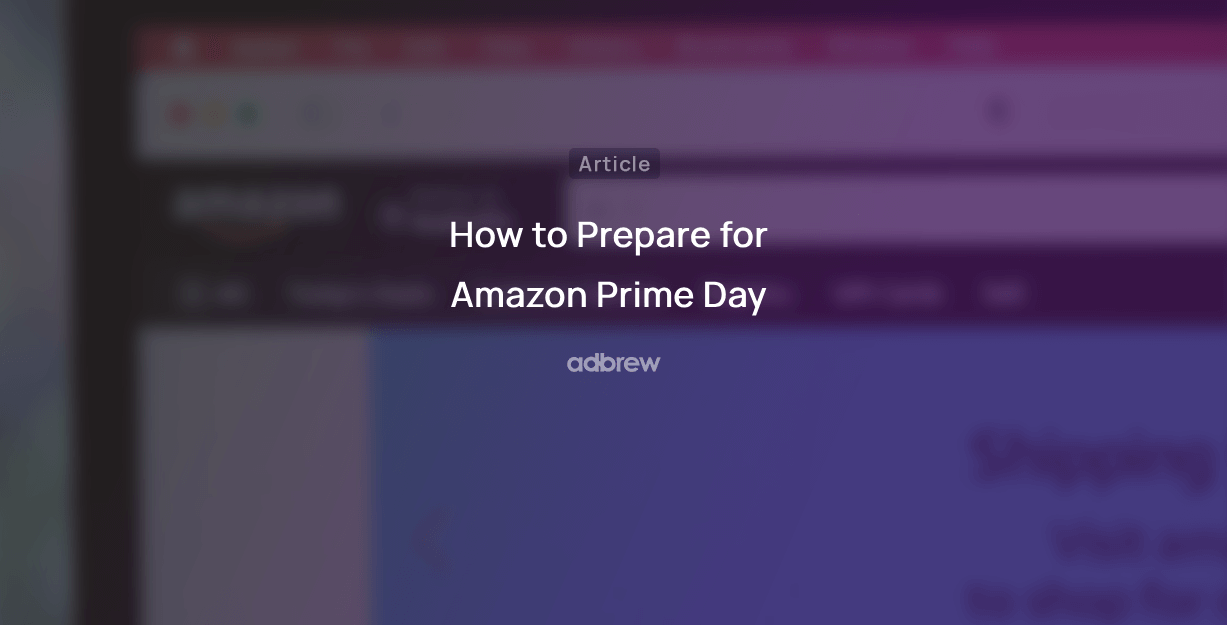How to Remove Unauthorized Amazon Sellers: A Simple Guide for Brand Owners
08 Aug 2024

As an Amazon brand owner, maintaining control over your product listings is essential to protect your brand’s reputation and customer experience. Unfortunately, unauthorized sellers often infiltrate the marketplace, selling counterfeit or inferior products under your brand name. This can lead to customer dissatisfaction, damage your brand’s credibility, and even infringe on your intellectual property rights.
In this blog post, we’ll provide you with a step-by-step guide on how to identify and remove unauthorized sellers from your Amazon listings. By following these strategies, you can effectively safeguard your brand’s integrity and ensure a positive shopping experience for your customers.
What Are Unauthorized Amazon Sellers?
Unauthorized Amazon sellers are individuals or businesses that sell your products on Amazon without your permission. They often acquire your products through unofficial channels, such as purchasing from unapproved distributors, excess inventory, or unauthorized wholesalers.
Why Is It Important to Remove Unauthorized Sellers?
Stopping unauthorized resellers is vital for maintaining control over your brand’s image, pricing, and customer experience. Here’s why:
Brand Integrity: By ensuring only authorized sellers list your products, you maintain consistent pricing, packaging, and customer service, which helps protect your brand.
Legal Compliance: Unauthorized sellers might sell counterfeit or expired goods, violating intellectual property laws. Protecting your brand from these activities is essential for legal compliance.
Customer Trust: Customers are more likely to trust your brand when they know they’re buying from genuine sellers. When they receive products that meet your brand’s standards, it reinforces their confidence in your brand.
How to Identify Unauthorized Sellers on Amazon?
Once you know what Amazon unauthorized sellers look like, it’s time to start actively searching for them on your Amazon listings.
Here are some effective methods to identify these unauthorized sellers:
1. Monitor Your Listings Regularly:
Check “More Buying Choices”: Underneath your product’s “Buy Box” or “Featured Offer,” you’ll see an option called “More Buying Choices.” Click this to view all sellers offering your product.
Look for Suspicious Sellers: Pay attention to sellers with limited information, inconsistent feedback, or unusual pricing.
2. Utilize Amazon Seller Tools
Seller Central: Amazon’s Seller Central platform offers tools to track and manage your listings, including identifying unauthorized sellers.
Third-Party Tools: Consider using third-party software specifically designed to monitor Amazon listings and detect suspicious activity.
3. Watch for Suspicious Activity
Price Discrepancies: If a seller is offering your product at a significantly lower price than your authorized retailers, they might be selling counterfeit or unauthorized goods.
Negative Reviews: Pay attention to negative reviews that mention counterfeit products or poor quality.
Intellectual Property Infringement: Look for sellers using your brand name, logo, or other intellectual property without authorization.
Ways to Stop Unauthorized Sellers on Amazon
Once you’ve identified unauthorized sellers, it’s time to take action to protect your brand. Here are some effective strategies to stop these sellers from operating on Amazon:
1. Enroll in Amazon Brand Registry

The first step is to enroll in Amazon Brand Registry. This program helps brand owners protect their intellectual property and manage their product listings on Amazon.
How to Enroll:
You need a registered trademark for your brand, which can be a wordmark (your brand name) or a logo mark.
Visit the Amazon Brand Registry website and follow the enrollment steps. You’ll need to provide your brand name, trademark number, and the government office where your trademark is registered.
Once enrolled, you’ll access tools like the Brand Dashboard to monitor and manage your listings.
Amazon’s automated protections use your brand’s information to remove incorrect or infringing content automatically.
2. Send a Cease and Desist Letter
If you’ve found unauthorized sellers on Amazon, send them a cease and desist letter. This formal notice demands they stop selling your products immediately.
Drafting the Letter:
Your letter should state that the seller is not authorized to sell your products and is violating your intellectual property rights.
Include your trademark information and explain how their actions harm your brand.
Set a deadline for compliance, usually 7-10 days, and state that further legal action will be taken if they don’t stop selling.
Sending the Letter:
Send the letter via email, Amazon’s messaging system, or certified mail. Keep a record of when and how the letter was sent.
Response to the Letter:
Many unauthorized sellers will stop once they receive a cease and desist letter, as they want to avoid legal trouble. If they ignore it, you’ll need to escalate your actions.
3. Report Unauthorized Sellers to Amazon
If the unauthorized seller ignores your letter, report it to Amazon directly.
Using Amazon’s Report Infringement Form:
Use the “Report Infringement” form on Amazon to report sellers violating your intellectual property rights.
Select “Trademark infringement” or “Copyright infringement” as the reason for your report.
Provide details, including the seller’s name, the ASIN (Amazon Standard Identification Number) of the product, and an explanation of the infringement.
Providing Evidence:
Include evidence that the seller is unauthorized, such as your trademark registration, correspondence with the seller, and screenshots to remove unauthorized listings.
Detailed evidence increases the chances that Amazon will act.
Follow-Up:
After submitting your report, monitor the situation. Amazon may take a few days to review and act against the seller.

If unauthorized sellers remain a problem, consider joining Amazon’s Transparency program. This service helps prevent frauds from selling counterfeit products.
How Transparency Works:
Enroll in Transparency to require each unit of your product to have a unique Transparency code. Customers can scan this code to verify authenticity.
Unauthorized sellers without access to these codes will be unable to list your products.
Benefits of Transparency:
Transparency adds an extra layer of protection against unauthorized sellers on Amazon and counterfeit goods.
It reassures customers that they’re buying authentic products, boosting your reputation.
5. Work with a legitimate Seller Only
Another effective strategy is to ensure you only work with sellers who understand your brand’s policies and meet your standards.
Create Authorized Seller Agreements:
Draft agreements with authorized sellers detailing their relationship with your brand. Include clauses that prevent them from selling to third parties who might list your products on Amazon without authorization.
Regularly Monitor Sellers:
Monitor your authorized sellers to ensure they follow your agreements. Address any violations immediately to prevent unauthorized sales.
Use software to track your listings and alert you to new sellers or price changes.
6. Take Legal Action if Necessary
If unauthorized sellers refuse to stop listing your products after all other measures, you might need to consider legal action.
Consult with an Attorney:
If unauthorized selling continues, consult an attorney specializing in intellectual property and e-commerce. They can advise on the best course of action, including filing a lawsuit.
Your attorney can help gather evidence, file complaints, and represent you in court if needed.
Pursue Legal Remedies:
Legal actions can include seeking an injunction to stop the seller from listing your products, claiming damages for financial losses, and recovering legal fees.
While legal action can be costly and time-consuming, it might be necessary to protect your brand’s integrity and finances.
Conclusion
Successfully removing unauthorized sellers from your Amazon listings requires a combination of vigilance, knowledge, and strategic action. By following the steps outlined in this guide, you can effectively identify and eliminate these threats to your brand’s reputation and customer experience.
Remember to regularly monitor your listings, utilize Amazon’s tools and resources, and be prepared to take legal action if necessary.
Recent Posts
Take your Amazon PPC advertising to the next level

Related Blogs
Running Amazon ads with an empty shelf? You might as well be burning cash. Many sellers focus on optimizing bids, […]
In today’s competitive digital landscape, growing your eCommerce brand requires more than just a standalone website or a single marketplace […]
Are you an Amazon seller looking to offload excess inventory or seasonal items? The Amazon Outlet program might be just […]
Turning your bookshelf into a source of income has never been easier, thanks to Amazon. If you have books collecting […]
If you’re an Amazon seller, encountering an account suspension or policy violation can be a significant setback. But with the […]
Introduction Amazon dropshipping is an increasingly popular way to run an e-commerce business without the need to store or ship […]
Introduction The Amazon Influencer Program is a great way for content creators to turn their influence into earnings. This program […]
Introduction Amazon Kindle Direct Publishing (KDP) is a platform that allows authors to self-publish their work as ebooks or print […]
Selling on Amazon offers many opportunities for businesses, but it’s essential to understand the costs involved with Fulfillment by Amazon […]
Walmart is quickly becoming a popular platform for brands and sellers to connect with more customers. One way to boost […]
In today’s competitive retail landscape, reaching the right audience at the right time is crucial for success. Walmart’s Demand Side […]
In today’s fast-paced eCommerce landscape, shoppers demand speedy delivery. Walmart has responded by offering 2-day shipping, giving sellers on the […]
Running successful Walmart advertising campaigns takes more than just setting them up—it requires ongoing optimization. A Walmart PPC (Pay-Per-Click) audit […]
Are you ready to tap into the massive potential of Walmart Marketplace? With millions of daily visitors and a loyal […]
In the world of e-commerce, Amazon and Walmart reign supreme, dominating the retail landscape. These two giants offer vast opportunities […]
Are you a brand owner struggling to maintain control over your products on Walmart? The Walmart Brand Portal is here […]
Are you dreaming of a passive income stream from your Walmart store? The allure of an automated Walmart store with […]
Are you a seller looking to tap into the massive market of private-label brands? Walmart, one of the world’s largest […]
Tired of your Walmart products getting lost in the shuffle? In this blog post, we’ll dive into the essential strategies […]
Ever wondered why some Amazon sellers seem to have a magic touch with product bundles? It’s not luck—it’s strategy. Bundling […]
If you’re a Walmart seller looking to grow your business through retail media, Walmart Connect could be a game-changer. But […]
If you’re an Amazon seller, you may have noticed a portion of your inventory marked as “reserved” without knowing exactly […]
Have you ever wondered what managing your own Amazon orders is like? Switching from Fulfilled by Amazon (FBA) to Fulfilled […]
Walmart Marketplace offers an exciting opportunity for sellers to reach a vast audience by listing their products on Walmart’s platform. […]
Selling products on online marketplaces has become a vital strategy for businesses to reach more customers. If you’re looking to […]
Are you a Walmart seller aiming to improve your visibility and sales? In this blog, we will explore Walmart SEO, […]
As an Amazon brand owner, maintaining control over your product listings is essential to protect your brand’s reputation and customer […]
Improving your sales on Walmart starts with understanding how to consistently win the Buy Box. Securing this position can make […]
Are you an Amazon seller struggling to increase your rating? A high seller rating is crucial for attracting new customers […]
As an Amazon seller, providing the best customer service is paramount to maintaining a positive customer experience. One key metric […]
If you’re an Amazon seller and curious about Amazon IPI score and its impact on your business, this blog post […]
Introduction Starting an Amazon subscription box business presents a unique opportunity to tap into the growing trend of curated, recurring […]
Thinking about using Fulfillment by Amazon (FBA) to sell on the Amazon marketplace? Awesome! But before you box up your […]
Thinking about using Fulfillment by Amazon (FBA) to streamline your Amazon business? While FBA offers a convenient way to store […]
For FBA sellers, the Amazon Buy Box is the holy grail of product visibility. But with constant algorithm updates and […]
Have you ever wished you could offer customers pre-made packages of complementary products without the hassle of physically bundling them […]
Have you ever wanted to create a more branded and engaging presence for your products on Amazon? An Amazon storefront […]
Are you storing items on Amazon for a while? If so, it’s important to be aware of Amazon long term […]
When selling products on Amazon, it is crucial to follow their packaging requirements, rules, and guidelines. Proper packaging ensures that […]
Amazon A/B testing can significantly enhance your product listings and boost sales. This method, also known as split testing, involves […]
Have you ever browsed Amazon and stumbled upon a product with a little blue badge that reads “Amazon’s Choice“? It […]
Amazon FBA vs FBM needs to be explored, when we ship products and handle orders while selling on Amazon. With […]
Ever feel like you’re missing something in your Amazon PPC Search Terms report? You might be! Sure, they show what […]
Amazon can be a fantastic platform to reach new customers, but keeping your virtual shelves stocked can get tricky. That’s […]
Navigating Amazon as a new seller can be tough, but there are tools and programs available to help such as […]
Have you ever scrolled through an Amazon search result page and noticed product recommendations nestled alongside the standard listings? These […]
Finding time for yourself while selling on a competitive marketplace like Amazon can be challenging. As a seller, your main […]
Starting an E-commerce business has become quite easy with Amazon, but it also brings heavy competition. Millions of Amazon sellers […]
As an Amazon seller, you know the importance of getting your products seen. But with millions of listings, how do […]
Ever scrutinized an Amazon product page and noticed the cryptic “Sales Rank”? Wondering what it means and how it impacts […]
Millions of products compete for customer attention on Amazon’s search results page, making it tough for your brand to stand […]
Are you selling products on Amazon and looking to increase your sales? This blog is for you. We’ll share tips […]
Are you an Amazon seller looking to boost your brand visibility and profitability? Are you feeling stuck in the cycle […]
Ever wonder what drives your online shopping habits? Perhaps a captivating product description, or an eye-catching professional photo? As it […]
For any seller on Amazon, understanding the A9 algorithm is crucial for success. This complex algorithm dictates which products appear […]
Are you an Amazon seller looking to turn those single purchases into recurring revenue? Look no further than the Subscribe […]
Amazon has become a go-to platform for all e-commerce business owners to launch and scale their e-commerce brands online. But […]
Mother’s Day, a time to celebrate the incredible women who raised us, is a prime opportunity for Amazon sellers to […]
In the ever-competitive landscape of Amazon, ranking high in organic search results is crucial for driving sales. While you might […]
If you’ve ever found yourself scratching your head over Sessions and Pageviews on your Amazon business reports, you’re not alone. At […]
Amazon is a massive marketplace, attracting millions of customers with diverse needs, preferences, budgets, and mindsets for shopping. To effectively […]
With Amazon boasting over $575 billion in retail sales for 2023, it’s no wonder so many sellers flock to its […]
Advertising on Amazon through pay-per-click campaigns can significantly enhance product visibility and sales for sellers. However, mastering Amazon PPC, with […]
Have you heard of the terms copyright infringement and plagiarism? If so, then Amazon Brand gating won’t be unfamiliar to […]
If you are running ads on Amazon, you’ll come across a sea of data in your advertising console. But does […]
Have you heard of the terms copyright infringement and plagiarism? If so, then Amazon Brand gating won’t be unfamiliar to […]
In the fast-paced world of e-commerce, where shoppers are bombarded with choices, standing out on platforms like Amazon is paramount […]
Are you planning to start an Amazon FBA store? If so, you’ll encounter a unique term – FNSKU. This seemingly […]
As an Amazon seller, you understand the power of reviews. They’re the lifeblood of trust and conversion on the platform. […]
Are you struggling to get Amazon reviews on your product? Well, you are not alone! Reviews are the backbone of […]
Are you tired of bland Amazon product listings failing to grab attention? In today’s competitive online marketplace, standing out is […]
As an Amazon seller, understanding how your brand performs throughout the customer journey is vital for success. However, until recently, […]
As an Amazon seller, optimizing your business and maximizing profits relies heavily on data analysis. One invaluable tool for gaining […]
Are you struggling to get noticed on Amazon’s massive platform? Do your products get lost in a sea of similar […]
For any Amazon seller getting into the world of sponsored advertising, understanding the Advertising Cost of Sale (ACoS) is crucial. […]
A well-executed Amazon product launch strategy can be the key to unlocking success and gaining a competitive edge. As the […]
In the ever-evolving landscape of e-commerce, distinguishing between keywords and search terms is vital for optimizing product visibility and driving […]
Ever felt like you are throwing darts in the dark when it comes to your marketing efforts outside Amazon for […]
Amazon, the e-commerce giant, has successfully concluded a robust business year with outstanding performance in quarter 4. The most recent […]
Picture this: you have a great product on Amazon, but it’s not selling well despite having attractive images and a […]
The advertising landscape is evolving, and viewers are rapidly migrating from traditional cable TV to streaming platforms. This presents a […]
Feeling lost in the Amazon discount jungle? Struggling to reach the right customers and entice them to make the purchase? […]
Are your products getting lost in the vast ocean of Amazon listings? Do you want them to stand out, rank higher, […]
For years, Amazon sellers were in the dark. They couldn’t see what keywords customers were using to find their products, […]
Selling on Amazon can be tough with so many others doing the same in your category. That’s why it’s super […]
For Amazon sellers, understanding their customers has often felt like navigating a maze without a map. The missing link? A […]
Have you ever felt like your Amazon advertising campaigns are lost in a tangled jungle of keywords? You’re not alone. […]
When did you last give your Amazon PPC account a checkup? Regular Amazon PPC audits are crucial to ensure the […]
Embarking on the path of online selling? If so, you’re likely aware that Amazon is your ultimate destination. With a […]
Ever felt like your product is lost in the vast Amazon jungle? You’re not alone. With millions of shoppers actively […]
Amazon Sellers selling on the Amazon marketplace usually utilize Amazon advertising without keeping a close eye on the TACoS metric. […]
The rush of Black Friday and Cyber Monday might be over, but the opportunity for continued sales growth extends beyond […]
In the fierce Amazon advertising domain, where competition rises and costs increase, understanding and keeping track of the right metrics […]
Have you ever felt the frustration of campaigns going out of budget, leading to missing out on potential sales, or, […]
Amazon PPC campaigns can be a powerful tool for driving traffic and sales to your products. However, without proper structure, they […]
Whether you are creating a new advertising campaign or optimizing existing ones, doing it manually from the Amazon ad console […]
Want to know what search terms people use to visit or purchase your product on Amazon? If yes, you’re in […]
When you are spending dollars or even more to get a click on your Amazon ads, you want to ensure […]
Are you an Amazon seller looking to maximize your profits and minimize your advertising costs? If so, you’re not alone. Many […]
Are you exclusively relying on traditional metrics such as CTR, CPC, CVR, or ROAS to make your campaign optimization decisions? […]
Navigating the ever-evolving landscape of Amazon’s online marketplace is essential for any seller looking to thrive on the platform. Among […]
As the holiday season approaches, businesses are gearing up for the highly anticipated Q4 rush. To ensure a successful Q4, […]
Do you regularly review your Amazon advertising reports? If not, you may be missing out on numerous opportunities. Amazon […]
Whether you’ve just launched a new product or have been selling on Amazon for a while, advertising on the platform […]
Amazon PPC bidding strategies that you choose play a significant role in the success of your Amazon Ads campaigns. As […]
Have you ever heard of a “catch-all campaign”? This single campaign can generate extra sales for you at a very […]
Amazon Prime Day is one of the largest global e-commerce sales events, attracting millions of customers worldwide. But how do […]
Are you looking to boost your brand’s visibility and drive more sales on Amazon? Look no further than Amazon Sponsored […]
Succeeding on Amazon in 2024 isn’t easy. Just listing your products and hoping for the best won’t work anymore. You […]
Are you bidding the same amount for all your ad placements on Amazon? If yes, then you’re missing out on […]
Whether you are looking to boost product discovery or target audiences further down the sales funnel who have already engaged […]
We, at Adbrew catalyze millions of dollars of ad spend monthly through our platform, with Sponsored Product Ads being the […]
Do you want to know how many clicks you should give a search term before adding it as negative in […]
Think of your product listing as a guiding light on the Amazon marketplace. It’s your chance to grab attention, tell […]
It is no longer a secret that shopping behavior on Amazon varies over the day. This is the reason why […]
Are you struggling to get the most out of your advertising budget on Amazon? Do you find that your campaigns […]
Ever run an Amazon Ad campaign and wondered why some sales weren’t directly linked to the products you advertised? That’s […]
If you’re managing Amazon PPC ads, it’s essential to have an effective and organized approach for target harvesting and movement. […]




